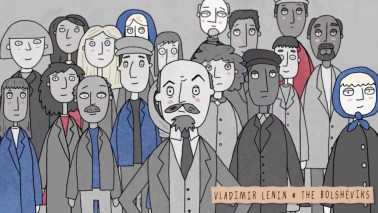Art is not jewellery. Its value does not reside in the price of the materials from which it is made. After all, the cost of the pigment, oil and cloth that made up a Rembrandt was negligible. It’s what he did with them that counts. On the other hand, spectacular works of art can be made from gold and gems, as is clear from some — if not all — of the items displayed in the new installation of the Waddesdon Bequest at the British Museum. ‘As soon as the swallows made their appearance,’ Baron Ferdinand de Rothschild wrote in his memoir Bric-à-Brac, ‘my father’s curiosities were packed and stored away in a strong room.’ It was the young Ferdinand’s privilege to help pack these objects. ‘Merely to touch them,’ he recalled, ‘sent a thrill of delight through my small frame.’

Those items belonging to Baron Anselm von Rothschild (1803–74), plus others amassed by Ferdinand himself (1839–98), are now sumptuously lit and housed in a new gallery designed by the architects Stanton Williams. Essentially, the Waddesdon Bequest — the name comes from Baron Ferdinand’s country house where the objects were kept before he left them to the BM — is a Victorian recreation of the treasuries put together by the aristocrats of 16th- and 17th-century Mitteleuropa. This is the nearest thing we have in this country to a chamber of curiosities, Kunstkammer or treasure room of the kind that still survive in Vienna and Dresden. The Bequest contains not wonders of nature — as some such collections did — but marvels of craftsmanship. It is a mixture of the rich and strange, the beautiful and the downright peculiar, all jostling each other as if in an expensive antique shop.








Comments
Join the debate for just £1 a month
Be part of the conversation with other Spectator readers by getting your first three months for £3.
UNLOCK ACCESS Just £1 a monthAlready a subscriber? Log in